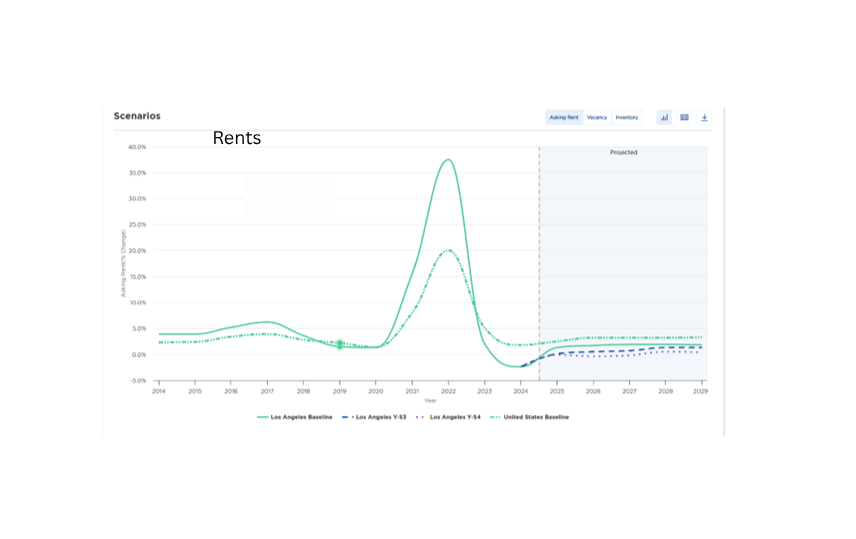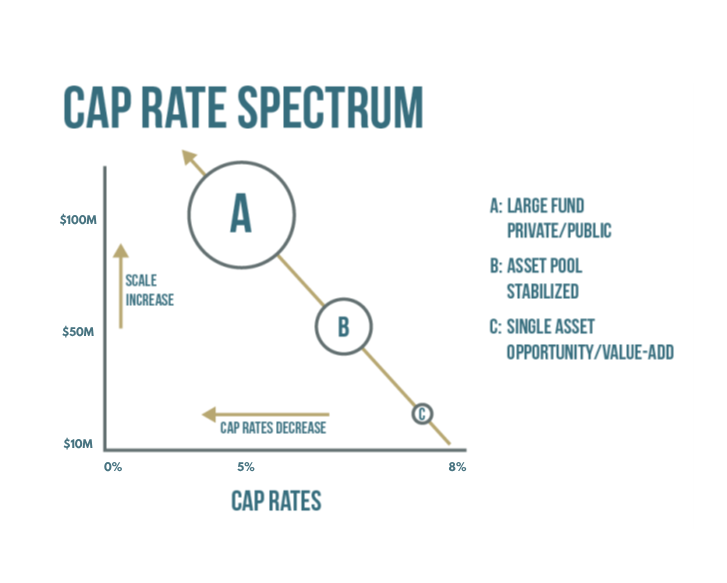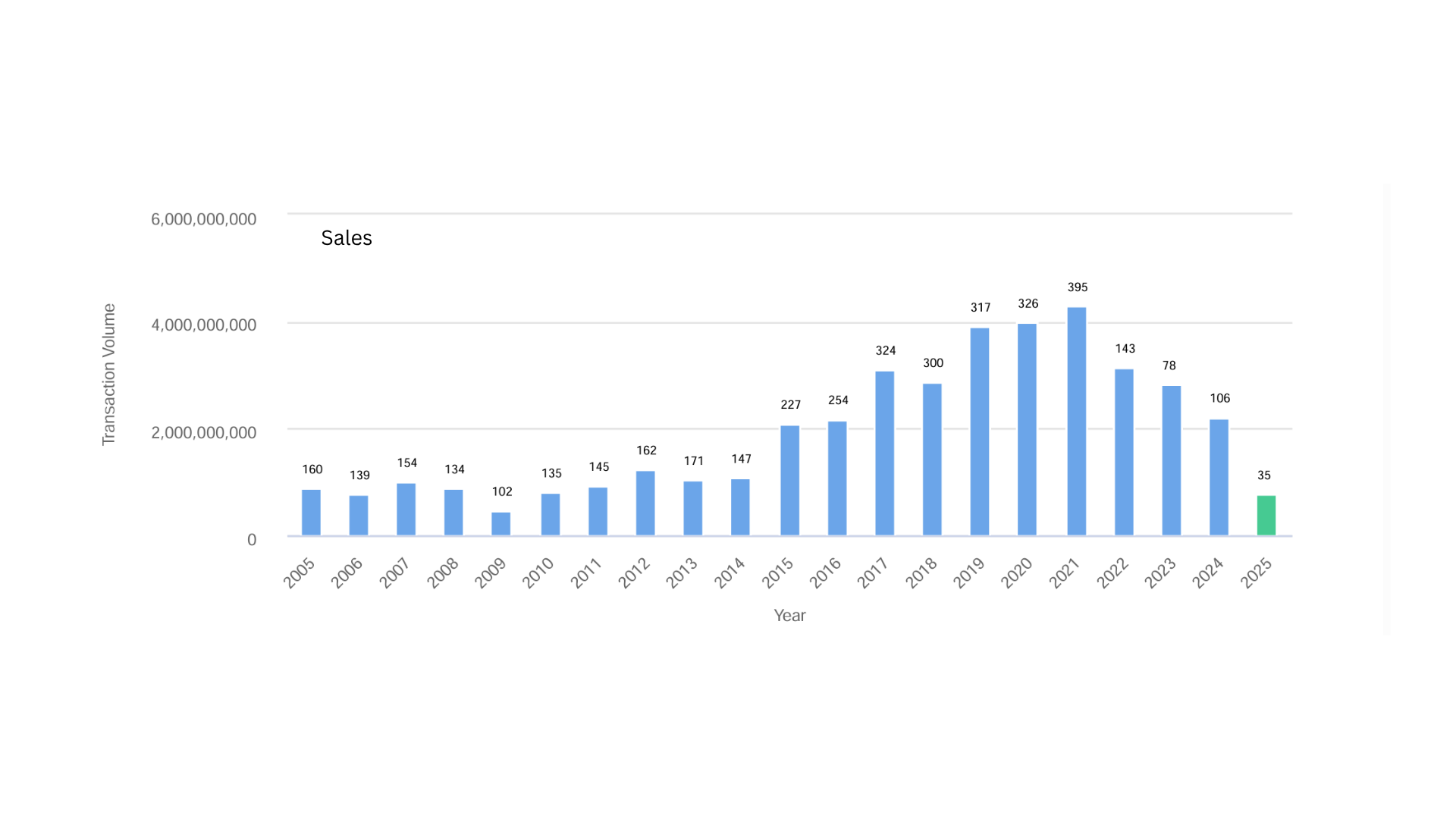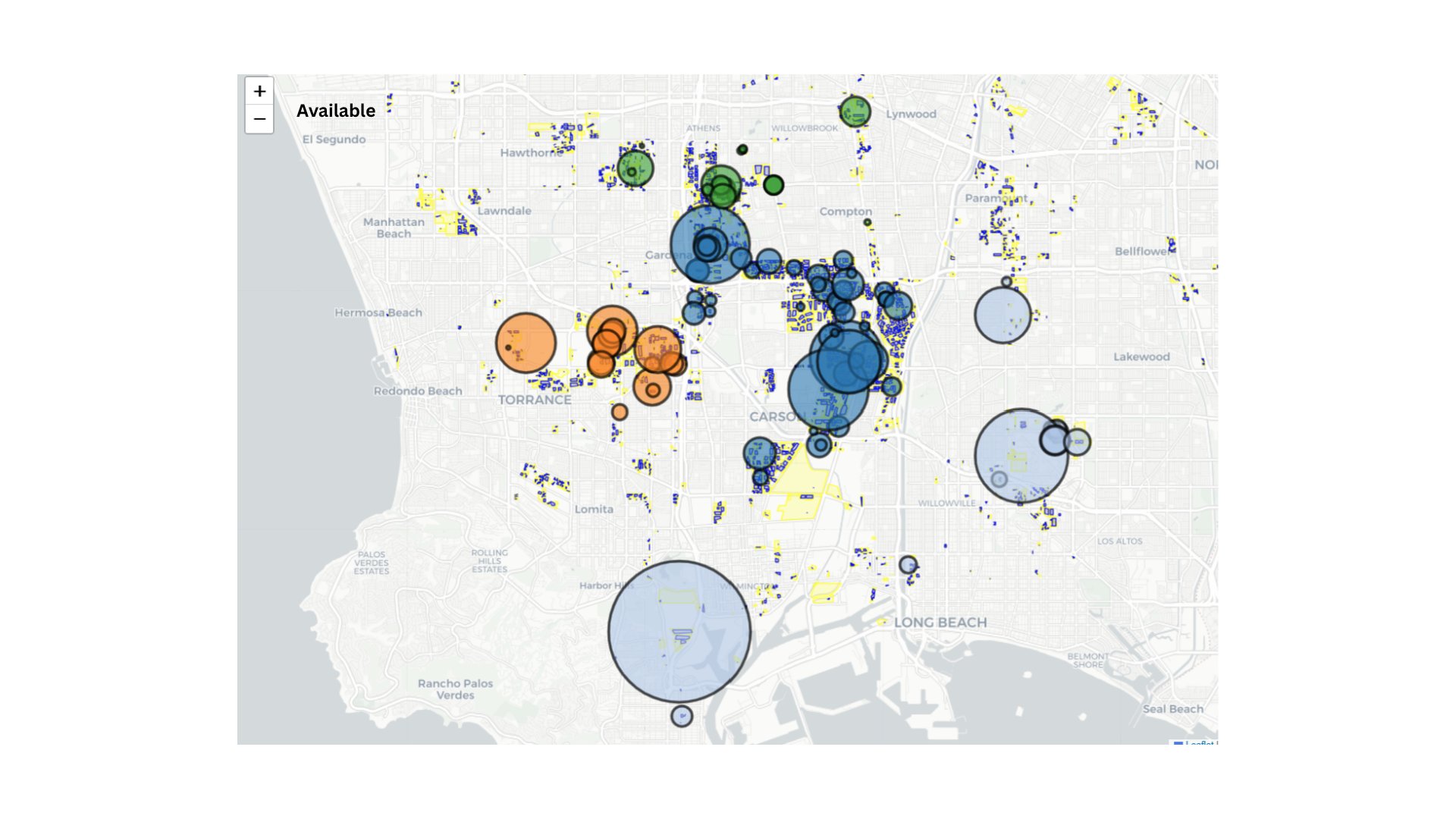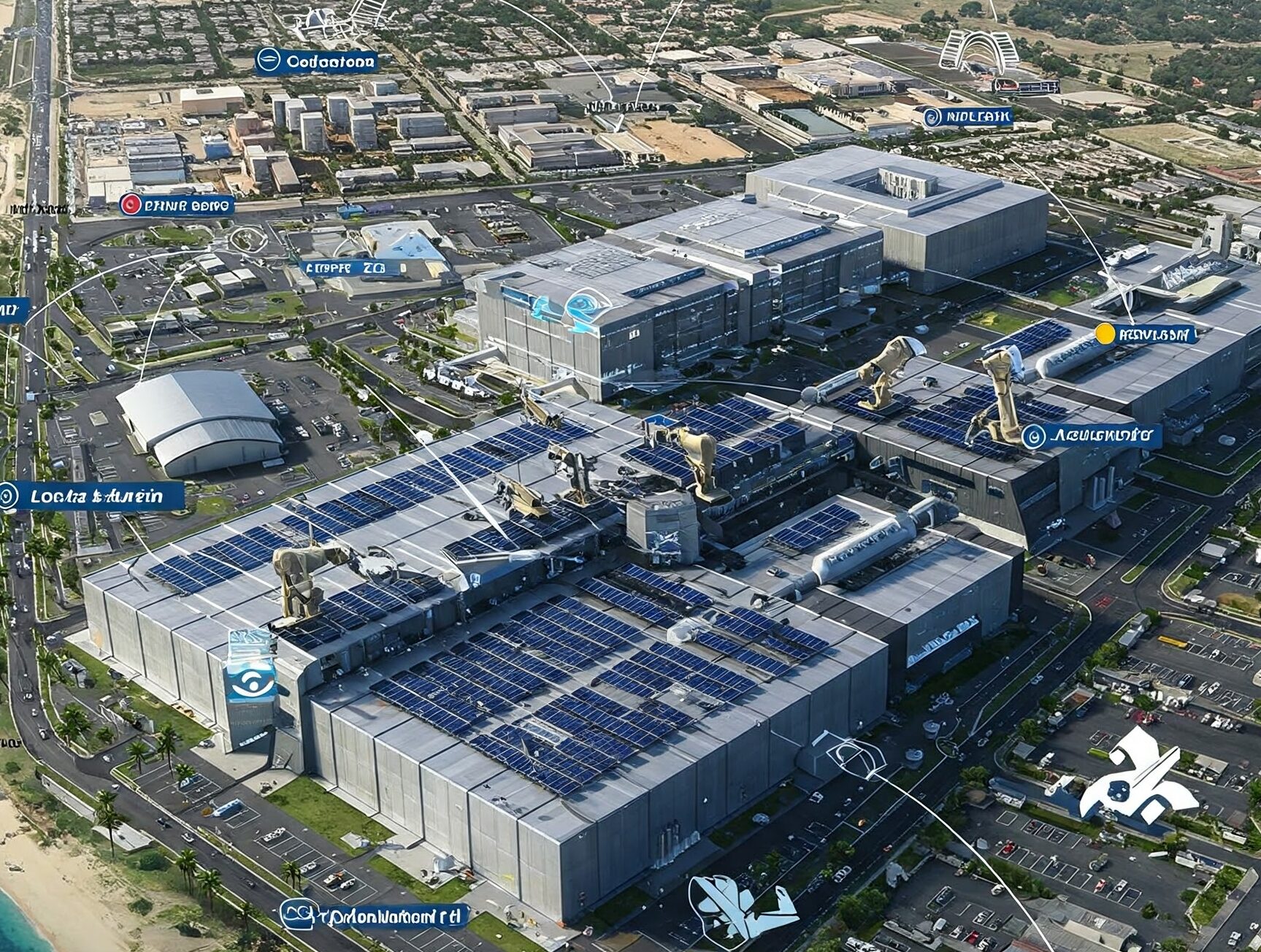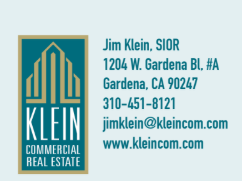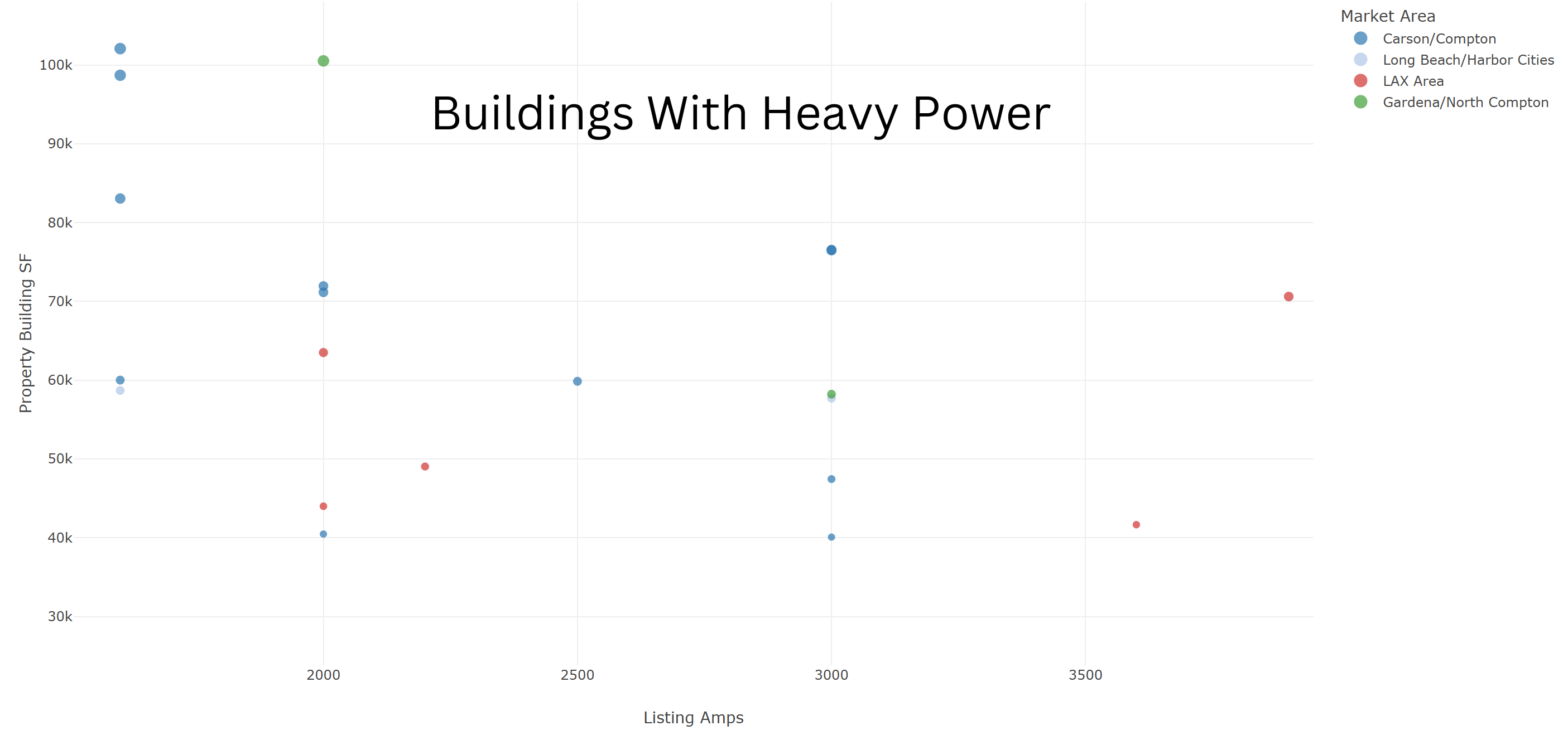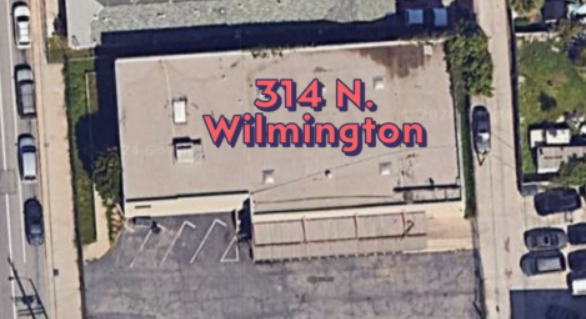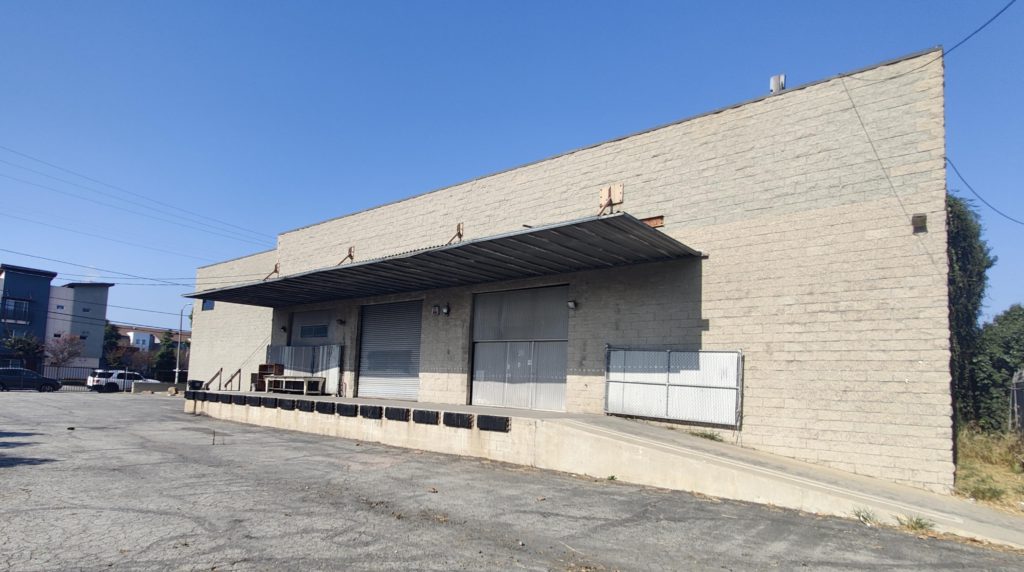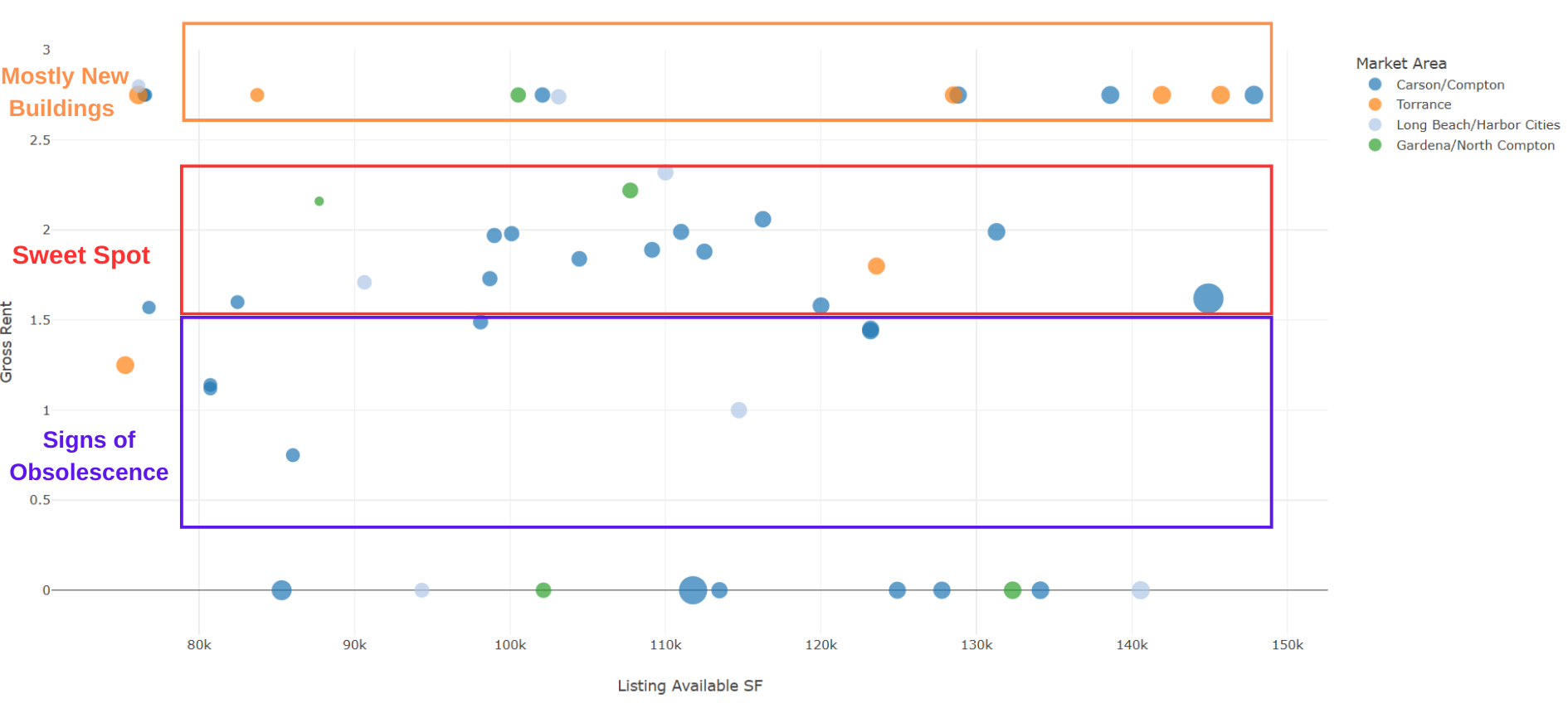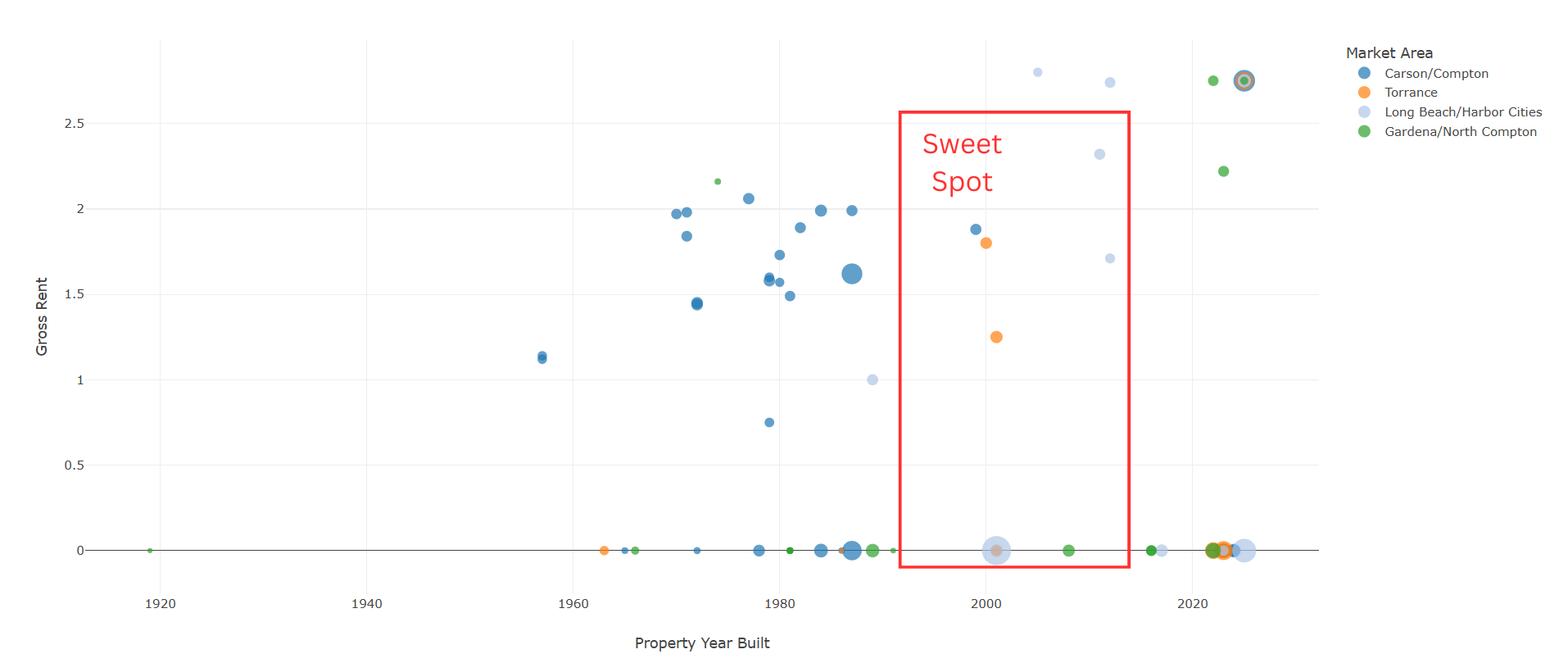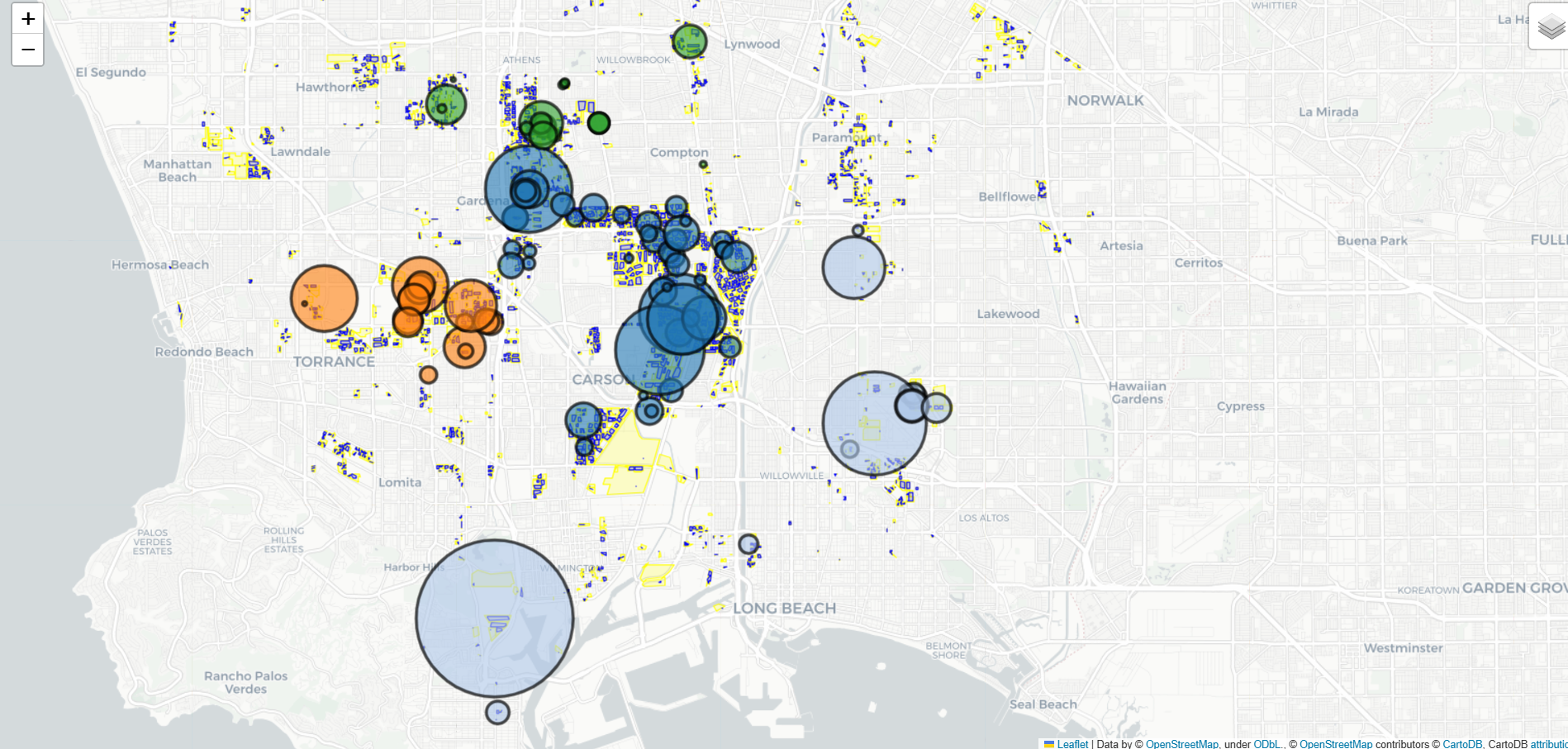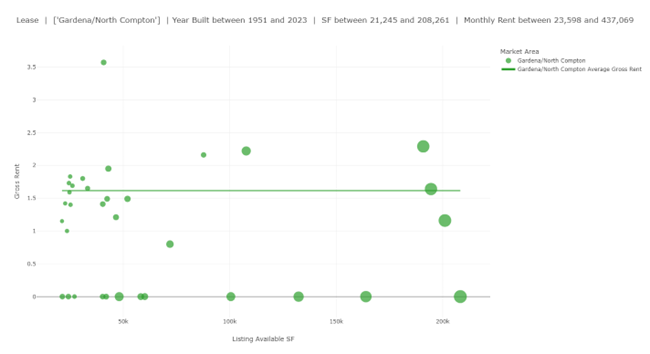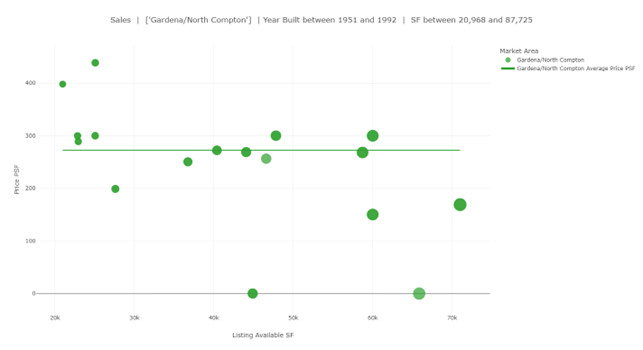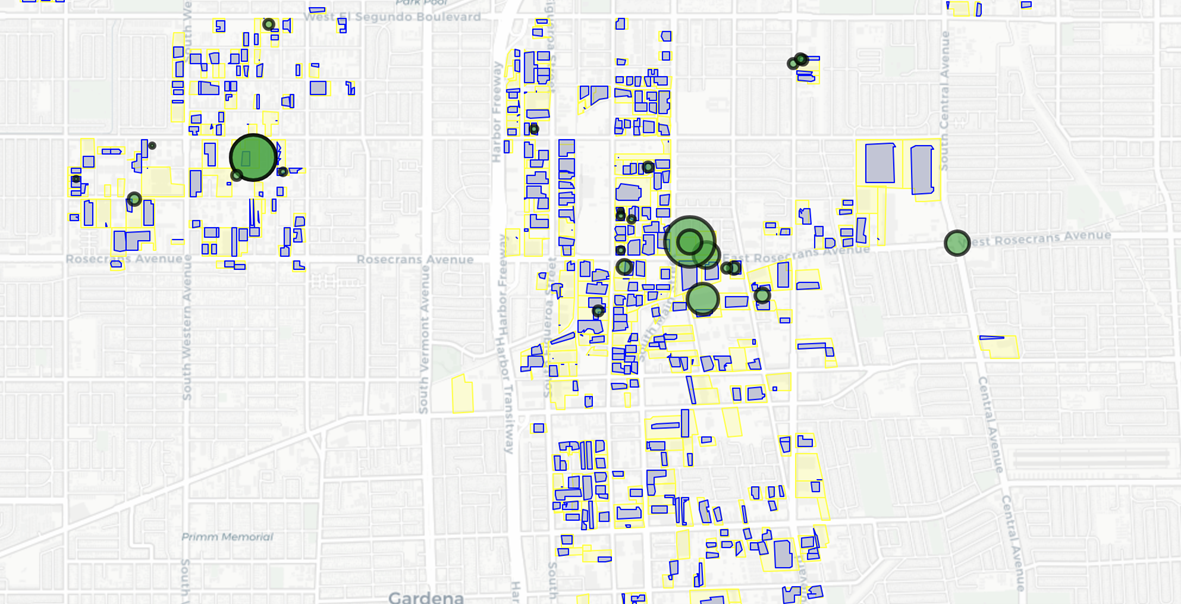


14458 S Avalon Blvd, Gardena, CA 90248 – 7350 SF
14458 S Avalon Blvd, Gardena, CA 90248
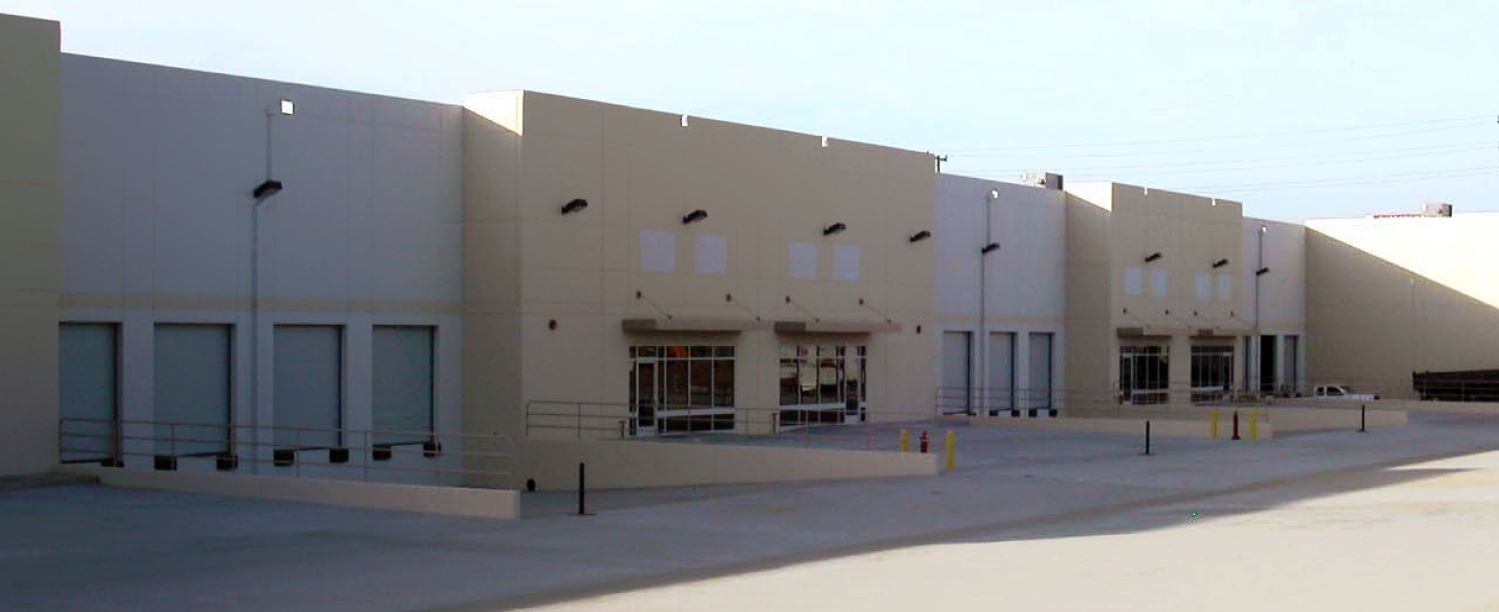
- 7350 Square Feet
- Best Small Distribution Space in Los Angeles
- Two (2) Dock Hi Positions per Unit
- 2008 Construction
- 24’ Minimum Clear Height, Sprinklered
- Concrete Yard Area – 115’ Truck Court
- Three (3) Bathrooms; Shop Sink; 200 AMPs / 480 V Power
- Designed for Distribution – 110/105 Intersection
- $1.75 Gross
Available Now
PDF Flyer || AIRCRE Flyer || Site Plan
For More Information Please Contact:
Jim Klein, SIOR
(310) 451 – 8121
jimklein@kleincom.com
All information has been obtained from reliable sources, however Property Owner and Broker make no representations as to the information’s accuracy. All tenants and buyers to independently investigate and verify all matters pertaining to the property including but not limited to zoning, physical details, environmental, improvements and any other conditions that affect the Tenant’s or Buyer’s use and occupancy of the property.

Hard Tech Manufacturing Demand in South Bay Los Angeles

Where to Find Hard Tech Buildings in Los Angeles
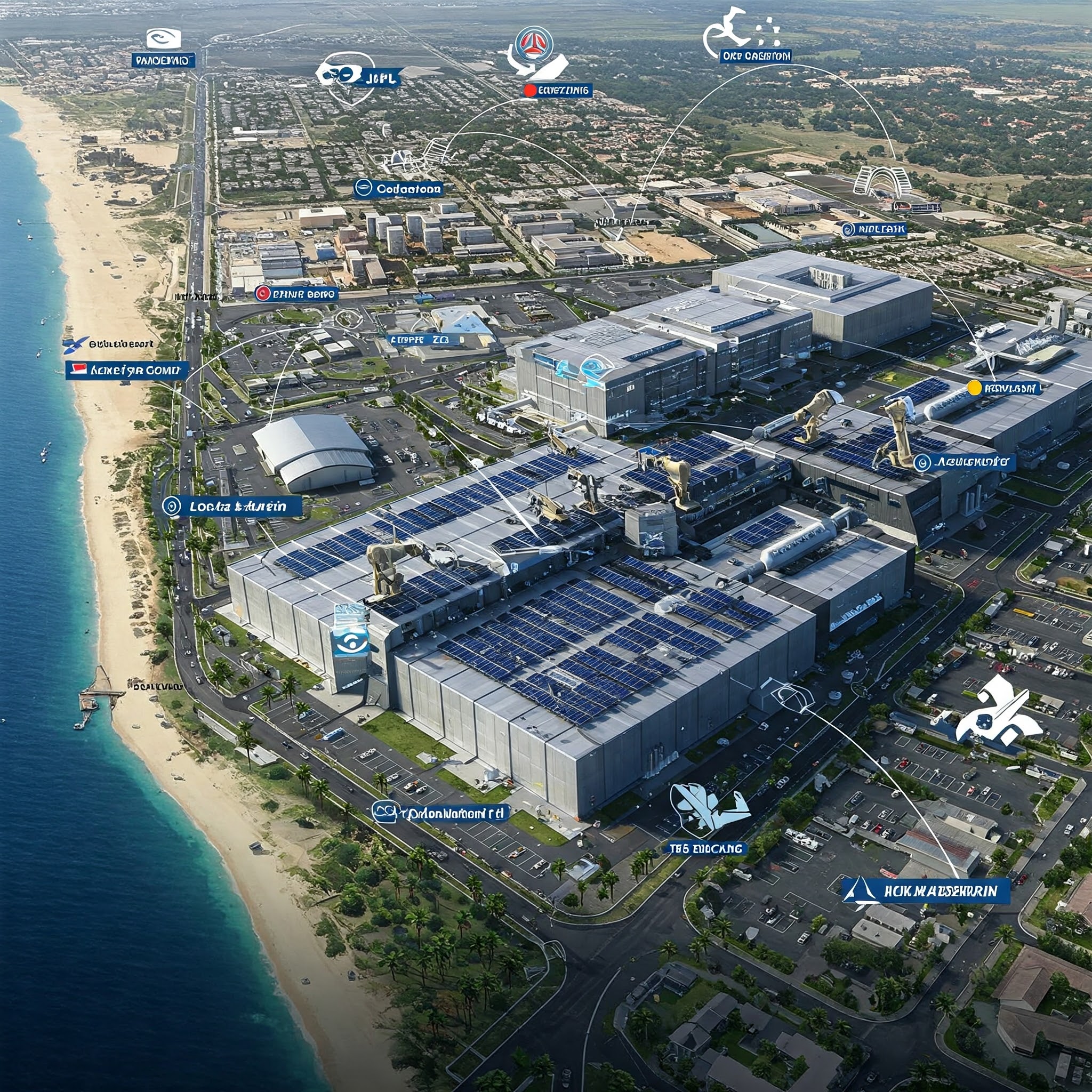
Despite higher than normal industrial vacancies, Hard Tech companies are finding it difficult to locate adequate industrial space. Many Hard Tech companies require substantial electical power. They want a free-standing building for U.S. Government clearance, more office space than is typical, a large parking area, and a location to attract engineers. Many Hard Tech companies prefer El Segundo and neighboring beach communities because of its history of aerospace and defense manufacturing. But they will consider other locatons along the 405 corridor from LAX to Irvine, including Torrance, Long Beach and other locations in Orange County. Some Hard Tech Companies will make the difficult decision to split their manufacturing from engineering to find the right facility in the location they want. Other parts of Los Angeles that served as machining centers in the past are located in Gardena/Carson, Commerce/Vernon and parts of the San Fernando Valley. Following are a couple of graphs describing market conditions:
Offerings are scarce in the El Segundo/Beach Cities area. When Hard Tech companies grow, they often look to Torrance, Hawthorne, Gardena, Carson or Long Beach. These cities are close to experienced engineers and they house good production facilities.
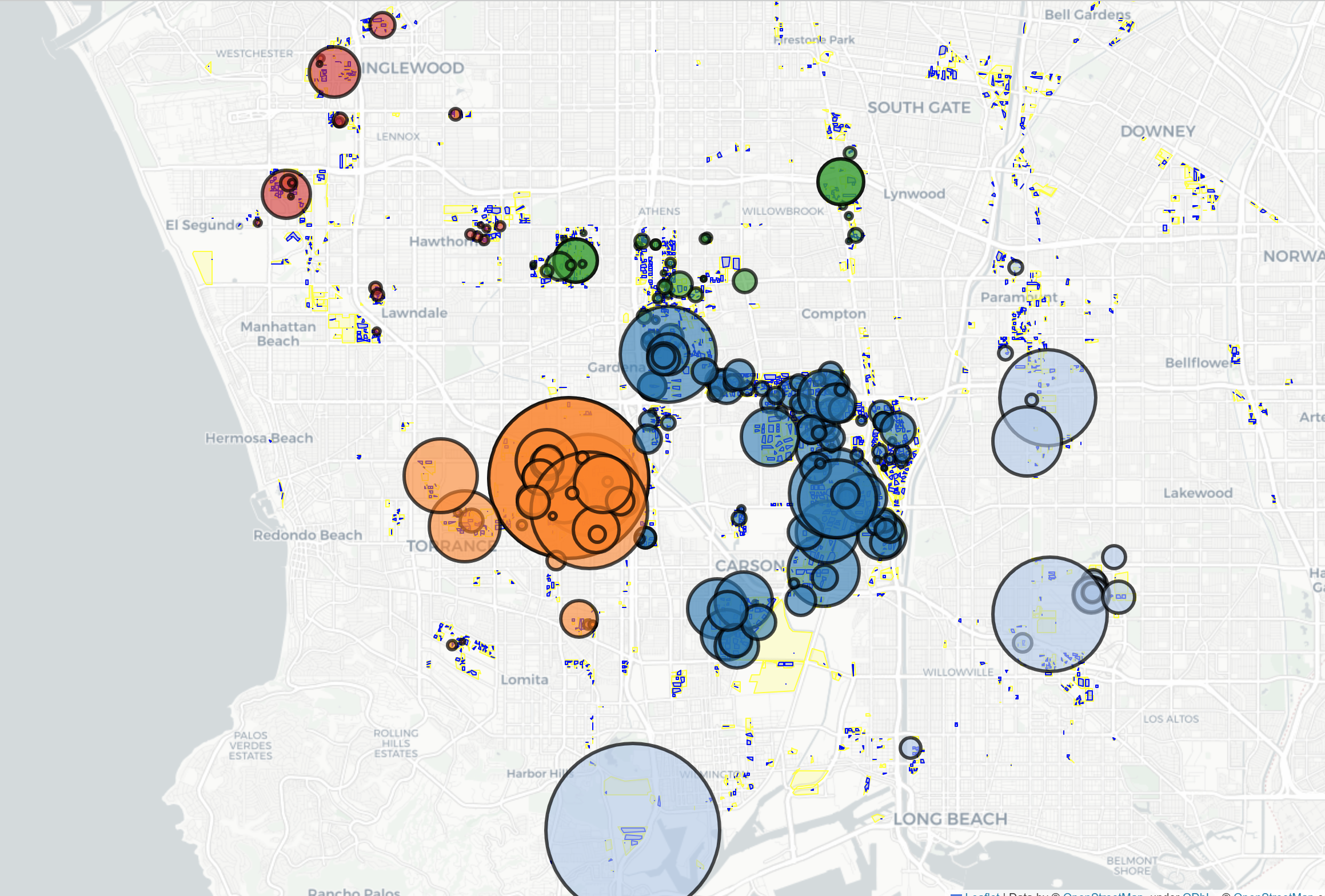
Power is a main criteria for many Hard Tech Companies. If you need heavy power, 2000 AMPs or greater, there are only a few buildings with the necessary capacity in each square foot range.
Rents hover between $1.50 to $2.25 Gross per square foot per month depending on location and amenities.
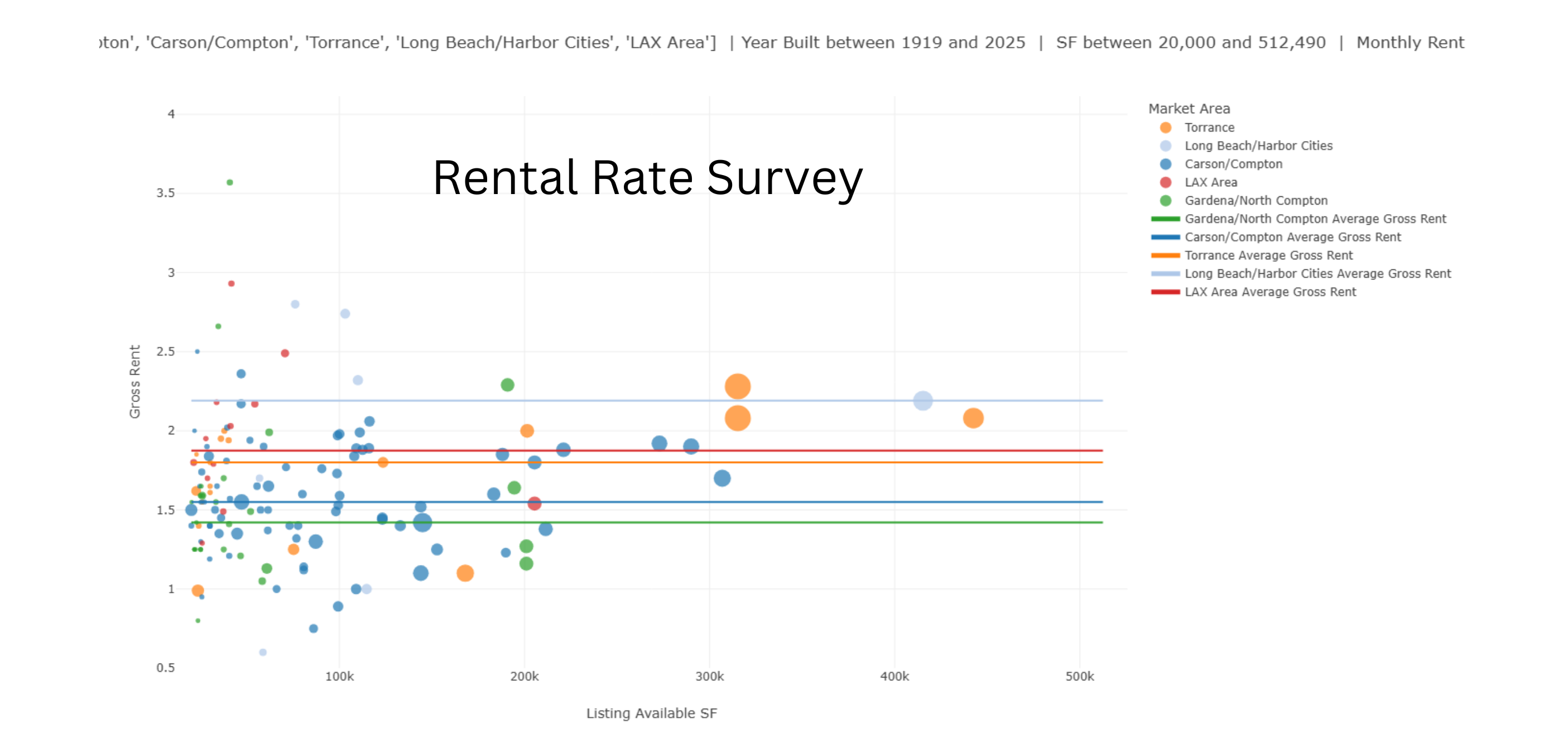
If you are seeking a new building or have questions about Los Angeles industrial real estate, please contact us today.
Thank you,
Jim Klein, SIOR – Jimklein@kleincom.com
Quan Wu – Quan@kleincom.com

It’s 2025 and It Will Never Be The Same
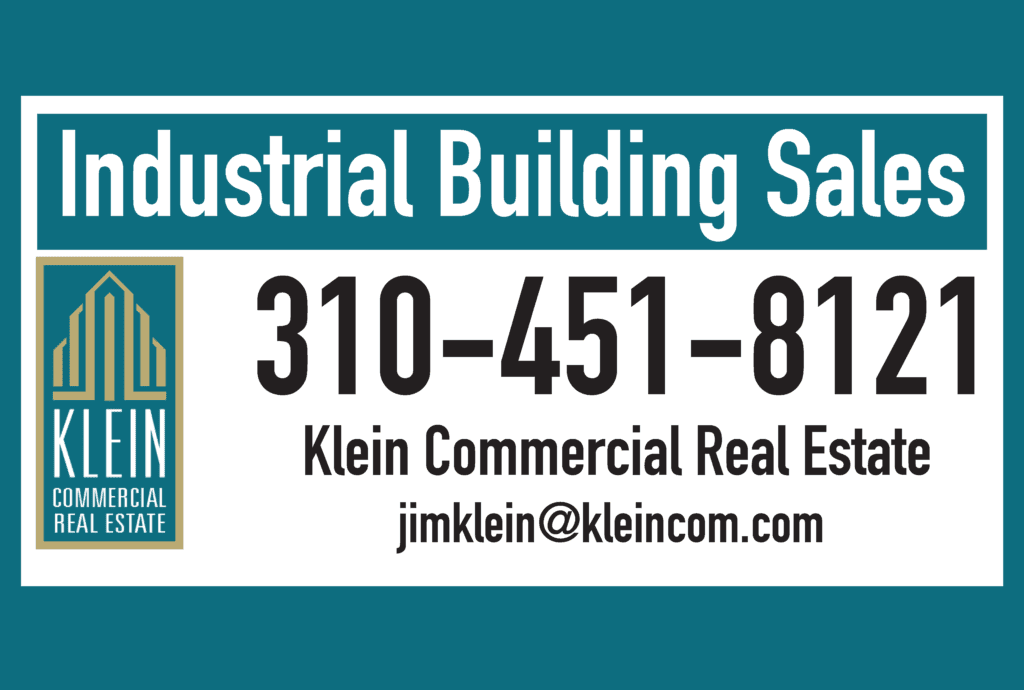
In North Santa Monica, where I reside, we are the lucky ones. Destruction from the fires is just over the ridge. We can walk down the staircase on Adelaide, pass Canyon Elementary, climb back up Rustic Canyon, and be in the center of the burn area in a 15-minute hike. It’s smoky, many residents have left the streets to quiet. Face masks are common and the color of the sky is a tinge of orange. Threats of more wind are in the offing. Today, large convoys of police cars and fire trucks, 15 or 20 in a group, are traveling up the 405 with flashing lights to pre-position.
When we evacuated on the first night, we came to the New Gardena Hotel. It’s Japanese-owned and managed with high standards and a good breakfast. It’s in the center of the Gardena restaurant row with noodles, seafood, Japanese, Korean, and Vietnamese delicacies across the street at Pacific Square and Tozai Plaza. I saw a customer at the hotel who did the same as us, to be near his business. His house was destroyed.
Today is President’s Trump inauguration day in Washington D.C. It will bring a new era of governing. The administrative state will be top of the agenda. If you’ve dealt with local planning agencies and the mounds of restrictions from Green Zone Ordinances, buffer zones, AB 98, Environmental Justice, and other anti-industrial building measures, you can see how far astray local leaders have gone by neglecting basic municipal services. The other initiatives I’ll be watching will be AI, Crypto, and Super Intelligence. These are new agencies headed by talented and experienced executives with histories of founding tech companies. And limited Regulation!
AI is the transforming technology of a generation. Already, AI chat applications provide learning, automation, and useful outputs that merit continual dialog with your AI pal. At our office, we are preparing for the AI future by cleaning our data (parcel records, salesforce, available, and specialty niches) so it can be read by machines. We geolocate each property and create a unique link to build and show relationships. We focus on local properties, especially those that are potential transactions. We follow certain industries and share techniques with colleagues in different markets.

Crypto is a step to the future. An increase in the value of coins and an embrace of crypto by key finance legislators will bring wider acceptance and knowledge. We experimented by building a blockchain on Hyperledger, but we didn’t have enough transactions to justify the instance cost. Now, we are using IPFS, a public decentralized blockchain where cost is low. In Los Angeles, because many properties trade off-market, in quiet transactions, or under new Buyer regulations, there is a blockchain use case to order and provide certainty. Blockchain is helpful when Sellers want to be discrete. You need not trade crypto coins or speculate to use blockchains. Please look for further explanation of how we use IPFS with customary brokerage procedures
In Los Angeles, industrial real estate has gone from frothy to flat. Rents are in decline, sale prices are down, and to the consternation of many sellers, investors have a “large margin of safety” when they make an offer. There is a wide variety of buildings available, especially for warehouse and distribution. One segment of shortage is modern, free-standing, and secure industrial buildings that can meet government clearance. Power and parking are needed for tech-industrial. Multi-tenant units, too, are in short supply.
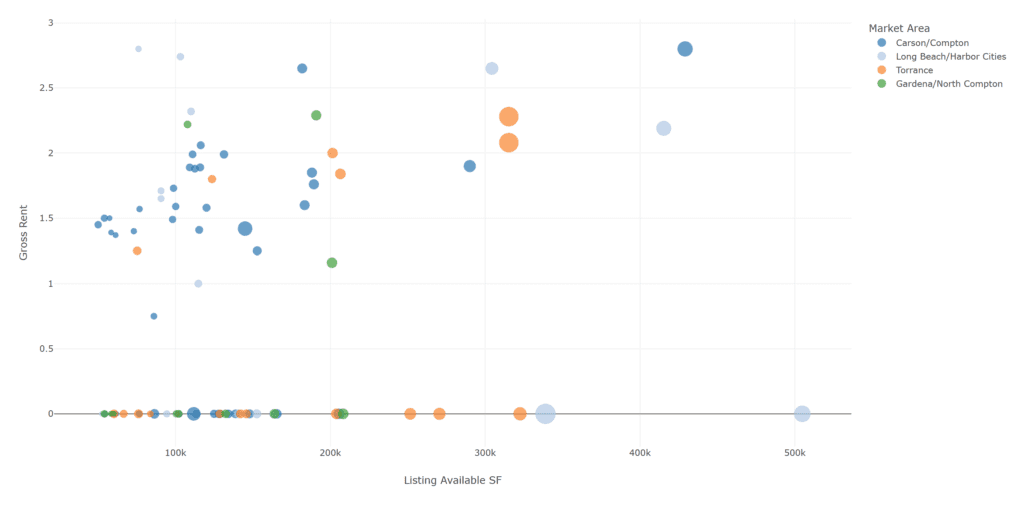
We create analytics and compare buildings based on attributes and location. Clients can understand the real estate markets by scrolling over and seeing the metadata for each property. We create graphs for tenants, owners, and investors. Originally coded for Streamlit, we migrated to a SQL database and then to Postgres so we could capture location data. We’ll be able to solve some nagging problems with this next revision. Organizing market data in this, or other ways, is a necessary step for adopting new standards.
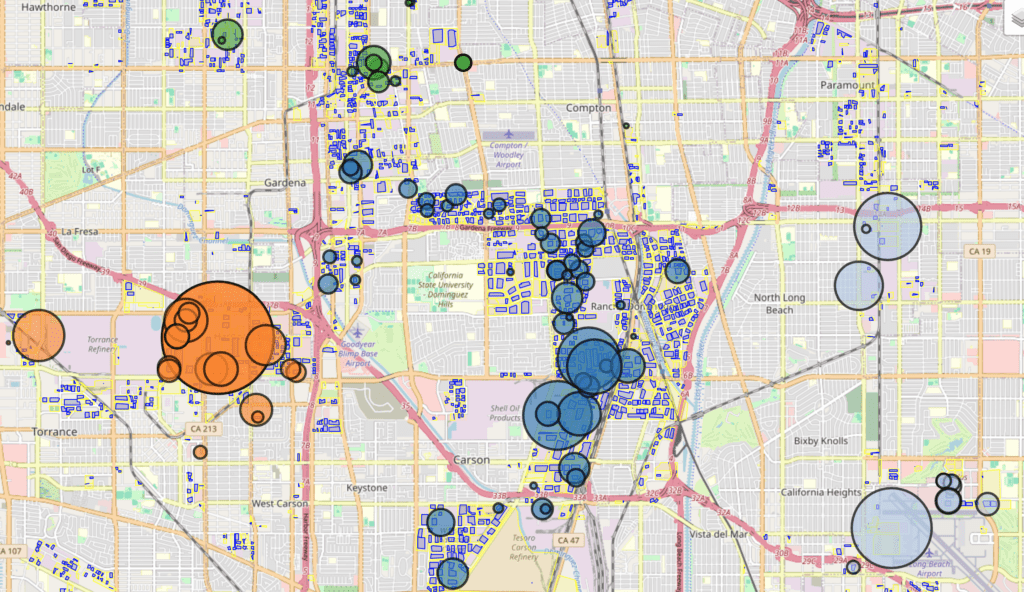
Our staff has grown to eight people split between sales and administration. We have a 45-year history in South Bay industrial real estate and an office in Gardena for most of that time. We live on deals. Please contact us if we can help with your next industrial deal. In Los Angeles, or anywhere in the U.S.

314 N. Wilmington

FAQ on Allowable Uses for 314 N. Wilmington Blvd., Wilmington, CA (City of L.A.)
FAQ on Allowable Uses for 314 N. Wilmington Blvd.
1. **What types of businesses are allowed under [Q]C1.5-1VL-O-CUGU zoning?**
– Retail shops (e.g., building supplies, specialty goods).
– Office spaces for professional services (e.g., medical, legal).
– Community-oriented businesses (e.g., art galleries, fitness studios).
– Small-scale manufacturing with a retail component (e.g., furniture making).
– Eco-friendly or green businesses (e.g., urban agriculture, solar equipment).
2. **Can the building be used for logistics or warehousing?**
– Traditional logistics hubs are not permitted. However, small-scale storage or inventory for retail operations is allowable.
3. **Is ship chandlery a permitted use?**
– Yes, if it operates as a retail/service business providing goods for ships and aligns with C1.5 zoning and CUGU standards.
4. **What restrictions apply to the building?**
– Building height is limited to 45 feet.
– Floor Area Ratio (FAR) is capped at 1.5:1.
– Operations must comply with the Clean Up Green Up (CUGU) overlay.
5. **What uses are NOT allowed under this zoning?**
– Heavy industrial operations, large-scale logistics, or truck yards.
– Any use generating significant noise, pollution, or traffic incompatible with residential proximity.
6. **Can zoning modifications be requested?**
– Buyers can apply for a Conditional Use Permit (CUP) or zoning variance for specific uses not
explicitly allowed.
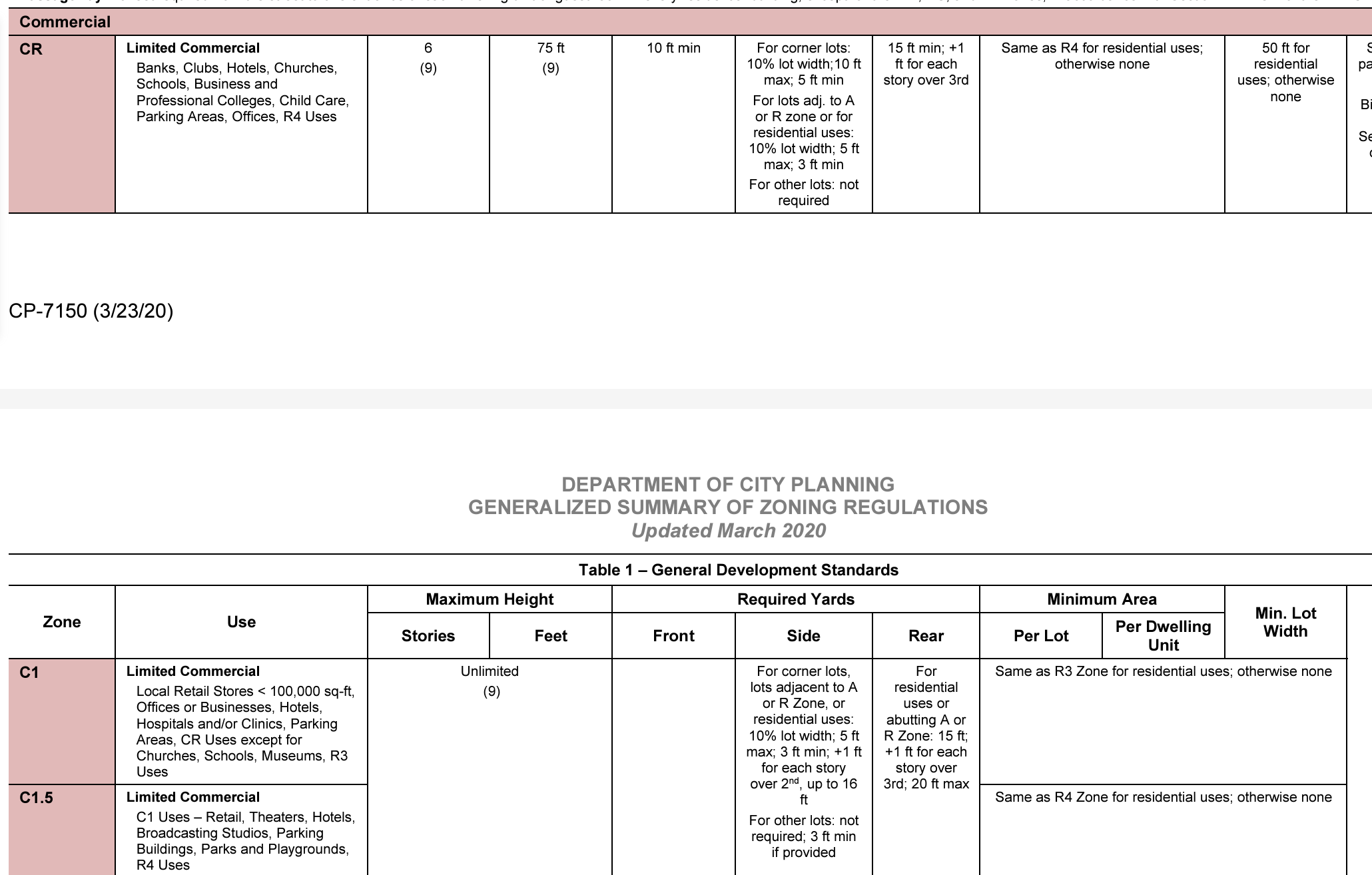
For further clarification or assistance, contact the City of Los Angeles Planning Department or reach
out to us direct. This FAQ prepared by ChatGPT.

Buyer-Broker Agreements Are Now A California Mandate – 2025
Buyer-Broker Agreements Are Now A California Mandate – 2025
As of the start of 2025, all buyers being represented by a broker will need to agree in writing regarding their business and transactional relationship. In many cases, the broker’s compensation is now being shifted to the buyer. There will be a lot of explaining to do if a buyer wants experienced representation. California Civil Code §1670.50, effective January 1, 2025, mandates that real estate agents representing buyers enter into a written “buyer-broker representation agreement” with their clients. This agreement must be executed as soon as practicable, but no later than when the buyer submits an offer to purchase real property.
Key Provisions in a Buyer-Broker Agreement Include:
- Broker’s Compensation
- Clearly state how the broker will be compensated for their services.
- Include the amount or method of calculation (e.g., a fixed fee, percentage of the purchase price, or other arrangements).
- Specify whether the compensation is contingent on the completion of a transaction or is payable under other conditions.
- Services to Be Provided
- Detail the specific services the broker agrees to provide to the buyer, such as property searches, negotiations, or assistance with purchase contracts.
- Payment Conditions
- Clarify the conditions under which compensation becomes payable, including:
- Whether payment depends on the successful closing of a transaction.
- Responsibility for compensation if the seller offers to pay part or all of the buyer’s broker’s fees.
- Clarify the conditions under which compensation becomes payable, including:
- Contract Duration
- For agreements with individual buyers, limit the duration of the agreement to no more than three months.
- Prohibit automatic renewals of the agreement.
- State that any extensions must be in writing and signed by all parties.
- Termination Clause
- Include conditions under which either party may terminate the agreement.
- Address the buyer’s obligations regarding compensation if the agreement is terminated before a transaction is completed.
- Legal Disclosure Requirement
- Attach or reference the required buyer representation disclosure form as specified in Section 2079.14. This ensures the buyer understands their rights and obligations.
- Signatures
- Include the signatures of all parties (buyer and broker) to validate the agreement.
- Governing Law and Dispute Resolution
- Optionally include provisions regarding governing law (California law) and how disputes will be resolved (e.g., mediation, arbitration, or litigation).
Additional Notes on Compensation
- The agreement should address how compensation will be handled if the buyer purchases a property without the broker’s involvement.
- If a seller or another broker offers compensation, the agreement should clarify whether this reduces the buyer’s obligation to compensate their broker.
AIRCRE has developed two forms for both exclusive and non-exclusive agreements. Both are detailed and protect the broker. I will be curious to see how fund-level investors treat this mandate. First Tuesday has also developed a similar form that is simpler to use. I’m debating which of the two versions is more practical. In either case, we’ve been instructed by our legal counsel to prepare an addendum for every property that is submitted. California has added a layer of complexity to every deal. There is an opportunity in this legislation to modernize our brokerage process, but more about that another time.

The Sweet Spot in Industrial Buildings
For most tenants, better values are found in second or third generation buildings. This means buildings that are roughly 15 to 20 years old having already been occupied by previous tenants. They are still modern warehouses with good ceiling heights (24’-30’), loading, power, and efficient layouts. Most of these second generation buildings are well away from residential areas which have become a greater concern for industrial users. Many are LEED certified.
Newer buildings are even more functional because of higher ceilings (32’-40’) and better design. They are more costly because of higher land prices, construction costs, and property taxes. Most are unpriced and appear on the bottom of the graph. In reality, they should be on the top scale because they are the most expensive. Older buildings (pre-2000) can require upgrades to overhead sprinklers, seismic, offices, and have design flaws that can inhibit efficient operations.
The number of offerings in the current cycle will give you a wide selection of choices in almost all Southern California markets.
Current Rent-(Gross)
75,000 SF – 150,000 SF
All South Bay
By Year Built
Location Map
Please Contact: Jim Klein, SIOR – 310-451-8121 – jimklein@kleincom.com
1204 W. Gardena Blvd, #A, Gardena, CA 90248

WE SELL INDUSTRIAL BUILDINGS
Current Rent-(Include Property Taxes and Insurance)
Current Sale Prices
Location Map
Please Contact: Jim Klein, SIOR-310-451-8121-jimklein@kleincom.com
1204 W. Gardena Blvd, #A, Gardena, CA 90248

